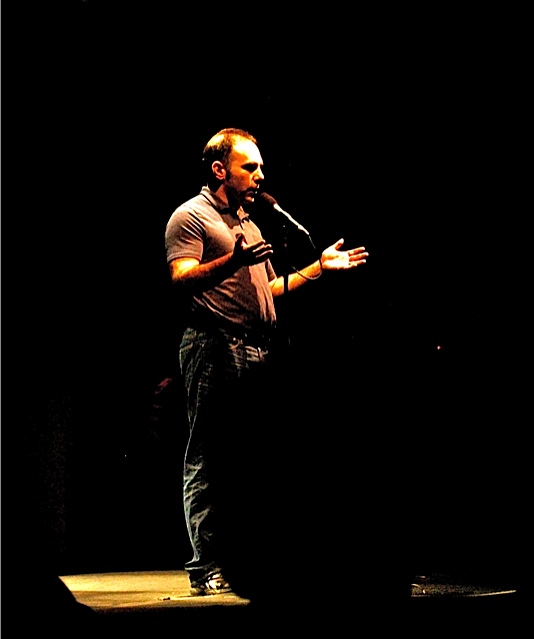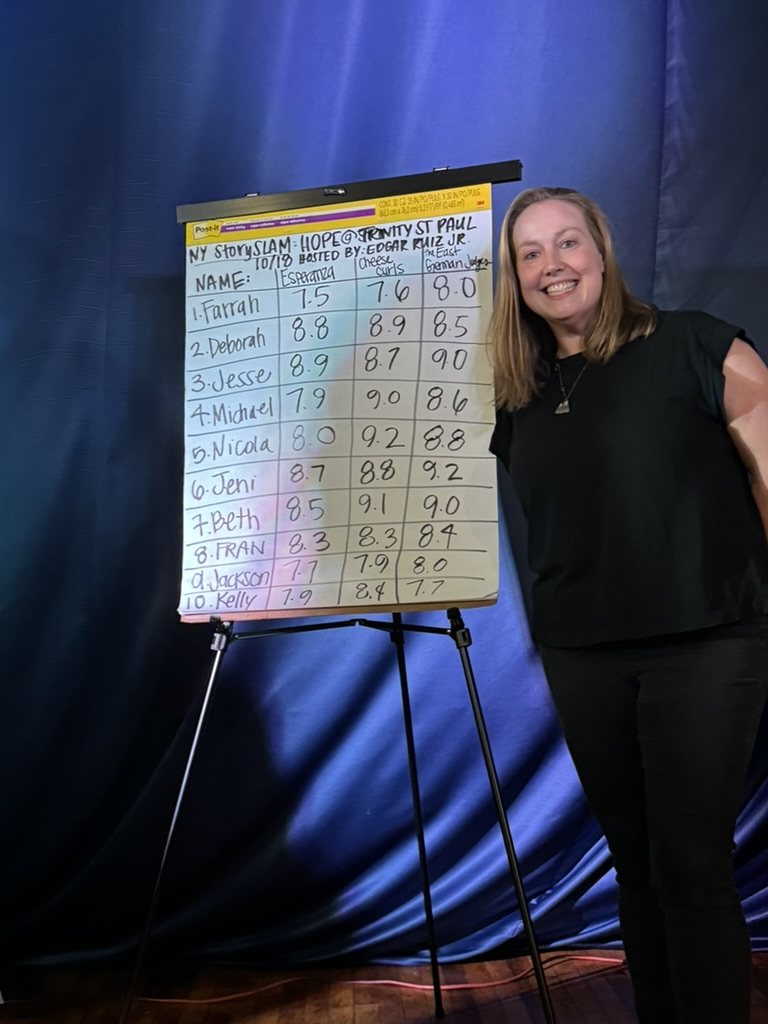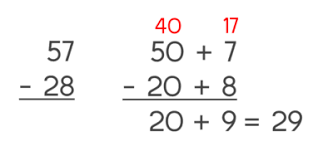This video shows thousands of Pokémon Go players in Taiwan stampeding after a Snorlax — a relatively rare creature in the Pokémon pantheon.
It’s kind of unbelievable.
You may think this is a sign of the apocalypse. A signal that human beings have lost all sense of what is good and right. End times.
People have suggested that at the very least, this is an example of priorities gone awry.
I see it slightly differently.
From the 1950’s through the 1980’s, enormous numbers of human beings watched television with little choice over quality or time slot. In the United States alone, there were three television networks (CSB, NBC, and ABC), and viewers had no ability to record or time shift programming. Cable television did not exist, and services like Netflix and Hulu weren’t even imaginable. Viewers were at the mercy of programmers who had very little competition and little incentive to innovate or experiment.
As a result, atrocious television programs were oftentimes watched by huge audiences.
For example, from 1969-1971, more than 20 million American households watched a program called Hee Haw, which is often identified today as the worst television show ever aired. Despite how truly terrible this show was, approximately one in seven Americans tuned in weekly.
But these viewers remained in their homes, unseen and unheard except when it came to the Nielsen ratings.

Since 2010, more than 125 million people have played the video game Call of Duty for more than 25 billion hours, which is longer than the entirety of human existence. The numbers are truly astronomical, but like the viewers of Hee Haw, these gamers have remained behind closed doors.

Today Pokemon Go is played by about 10 million users daily, which is smaller than the audiences for both Hee Haw and Call of Duty. The only difference between Pokemon Go and the Call of Duty players and the Hee Haw viewers is that the Pokemon Go players have emerged from their homes and entered a world where people can see them playing their game.
The world has not changed. We simply see it now.
This is not to say that I support Pokemon Go, Call of Duty, or Hee Haw as good ways to spend your time. In moderation, they are probably fine (except for Hee Haw, which was never fine), but the problem is that many of these things are not pursued in moderation.
Instead, they are consumed to the exclusion of other important aspects of a well rounded life.
For the enormous numbers of people who sit down in front of the televisions every night from 8:00-11:00 or the gamers who plays during every free moment of their lives, these pursuits become questionable when they prevent people from enjoying other aspects of a whole and complete life.
But don’t view this video from Taiwan as something new and frightening. People have been consuming questionable content in enormous numbers for decades. This is not new. It’s simply visible. We can see what has previously been hidden behind closed doors.
In 2015, the average American watched more than four hours of television daily.
The average video game player spent almost seven hours playing gaming.
This – much more than the recent obsession with Pokemon Go – should frighten us all.





